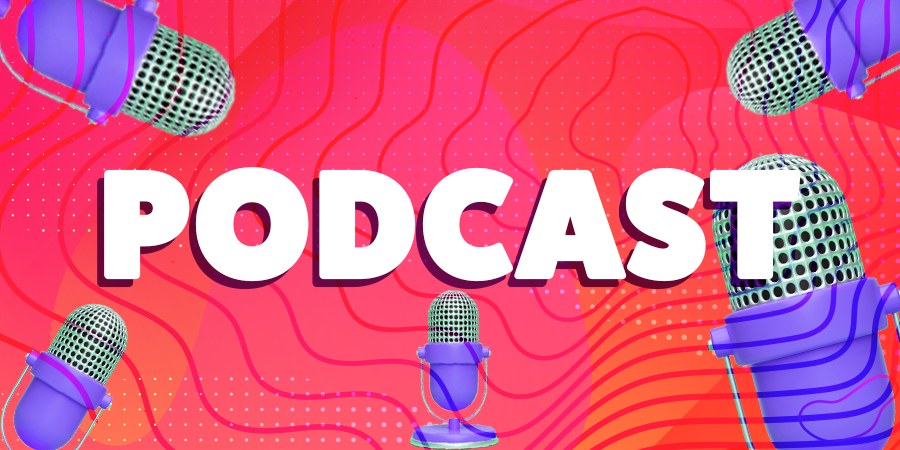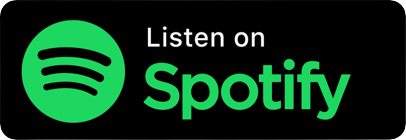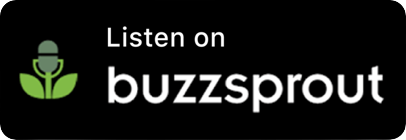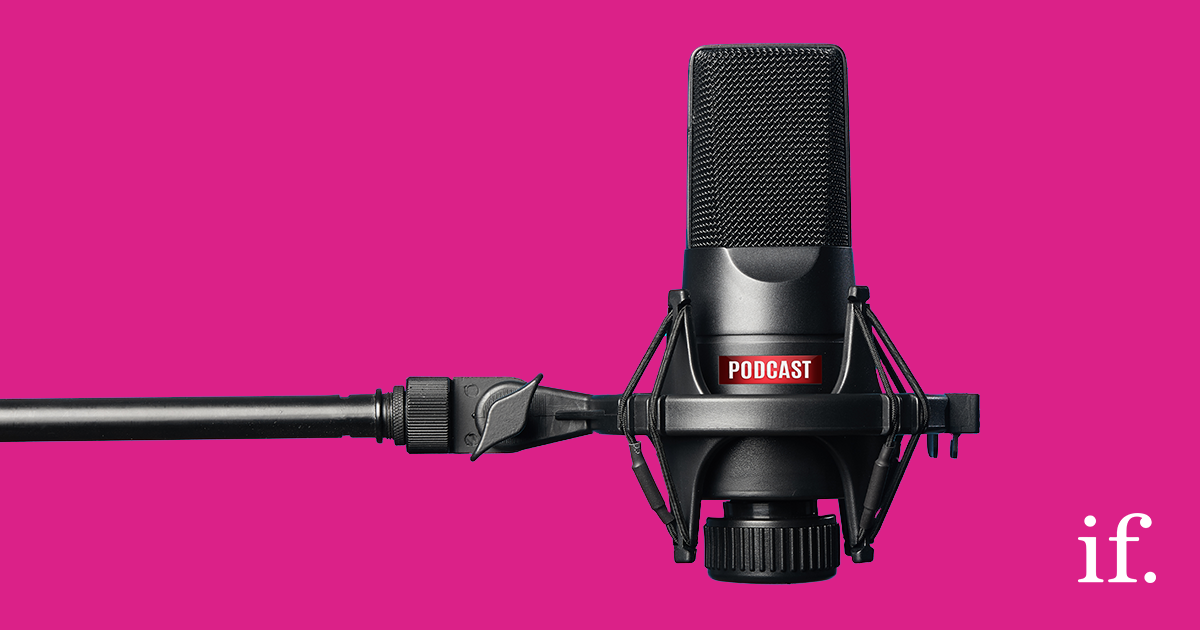Ep 56: Serious Social – A rapid-fire discussion of how to brief for social media
Crafting thumb-stopping social creatives is hard, but it’s even harder if your briefs are too vague, or even worse, too prescriptive. IF Account Manager Laurens Grisel is joined by Digital Designer Ollie Farnden, taking you through the do’s and don’ts of briefing for social media, with an example of how we approach briefing as well.
If you’re after more know-how to break the social boring, subscribe now.
Full Transcript
Hello and welcome to Serious Social Live, I am Laurens Grisel, account manager at immediate future. And today we are going to talk about all things briefing. What’s a good brief? What’s a terrible brief? And why is this process so much more complicated than it initially seems? I’m joined by one of our digital designers, Ollie Farnden. Hi, Ollie. Hello, all.
So, I’m one of two digital designers that we have immediate future so we able to get hands on all client stuff, which is great. And mostly internal stuff, most of it all of it long thing.
You’ve been with us, you joined us mid-pandemic, I think, right, ou’ve been with us?
Yeah. I was. Yeah, August last year I believe, stuck through it. How’s the briefing process been, like differently towards what it was before? It’s got better?
Yeah, it’s, it’s, I’d say, off the site, because we kind of build upon what we’ve done before when we can sort of like, say, what works, what doesn’t work. So yeah. Just before we get started, I’m going to quickly give a bit of definitions in terms around briefing for anyone that might not be familiar. We’re a consultancy and we work with clients. And while we do our own marketing, as well, throughout this, we’re going to be talking about creatives made for those clients. So, the way this usually works is the client gives us an asset, something like a PDF, or an infographic or even a video. And as someone like me writes a brief for that assets that might be four or five bullet points with simple instructions, or full word doc filled with specific briefs for a longer video, it really varies. And if someone like Ollie comes in and interprets my ramblings and turns it into a snappy thumb-stopping creative for social media. So, all the hardest hitting question first, what would you consider a bad grief?
What would I consider a bad brief? So, under preferences as this is my interpretation of why I think it’s not what an overall bad brief is. So, I would say a bad brief is one that is very informative. It’s like, I would like an image to come in from the bottom to take two seconds to come in, and then four seconds, stay three seconds, move away, and then text coming from the left and, or, and then go out from the right. That’s way too descriptive. In my point of view, I think that stifles maybe a bit of creativity because I have to look at it as a problem. And you’ve given me a lot of parameters that I can’t think of. So, if it was more like, bring in text, move image, I could go okay, and then bring in the text like this and move the image like that, and I can work it out myself. I think having too many stifling kinds of things make it much harder for me anyway.
It’s also there’s an element of overstepping there from our end, right? Like, it’s my job to give you what you need to essentially work within the parameters, but not be too prescriptive, so that you can still flex your creative muscles and do something fun with it.
Yeah, but it’s never, it’s never like, oh, how dare you tell me how it’s more like, okay, I understand that we need to try and do this in this way. But it’s more like you’re putting the trust in the design team, in the creative team to understand what you want to do. And this again, it’s like building a relationship between us to be able to understand each other when you say I want the text to come in, I can go oh, we’ve done this before. We know what we’re doing. You can do it like this.
It’s a learning process as well. Like it’s important to build a relationship between a designer and account manager, whoever is the role, like we have a, I think we have a pretty open door policy where I mean, open door digital, where you will just contact me on slack. And very often because we’ve been working for quite a while now very often be quite direct with this isn’t working, what do you suggest? And then I could come in with either there’s a reason for it, like the client needs that logo to be in that place because of some other like details in a different part of a different agency or whatever. Or I can say, no, that was just my suggestion, and I didn’t know what I was talking about. Go ahead and do whatever you want. Yeah. It’s a bit of an art form I think the briefing process, it’s, there’s this balance, you have to strike between not being prescriptive, and still giving you enough info.
Yeah, it’s like, it’s a nice edge. It’s how do I give the right amount of information to designer to make something that is creative? And is something that will be like, Oh, well, when you’re scrolling through, and you stop and look at it, or, and giving not enough where I’m like, what am I doing? I don’t know what I’m doing. Why, why? Why. But
Yeah, and if we’re too vague, you’re going to sit there, and you’re going to be wondering, where do we even start? And what can I say? But yeah, yes. quick wins. First is creativity. So, the way I approach this is that I’ll create a content plan, and I’ll have about four, let’s say, let’s say I need four creatives. And three of them, I’ll make quick wins, where it’s like, it’s a social car, here’s the date details, maybe an event, here’s the dates on it, here’s another social card with the image of the of whoever speaking, here’s what he’s talking about. And then I’ll throw in one, that’s a curveball, where I have no idea if you will be able to do it. And I feel like that’s going to lead onto some stuff that we’ll talk about in a bit. But it’s something that I’ve been doing for a while where it’s just fun to see you guys either struggle, and come back and go. This is why are you making me do this? Or come back and say, yeah, that was super easy. Yeah, like, more often?
Yeah, mostly because those are the fun ones, I find, I find that the more creative the more like loosey-goosey ones I like, Oh, it’s less flex my creative muscles on this one. Let’s see what I can do. But there’s nothing wrong with quick wins. I like creativity has a place obviously, in the creativity needs to be in everything that you do. But quick wins, where it’s like, oh, can you just put this together, put this together is great. I find that they have a place and what they need to do. But me personally, I much prefer the curveballs. It’s like, Oh, can you try and do this? And I’m like, I can try and do that.
Don’t worry, I can do that for you. How often? Are you actually doing something completely from scratch? Like you’ll do something you’ve never done before? And you just have to figure it out? You see?
Well, me personally, I like to try and do that. In the quick wins. Anyway, I was kind of like, okay, we haven’t done this before. It’s obviously there’s a framework of what has been done. And what is the quick win version of it. Like, we know how to bring this image in like this, we know that sex come in, but maybe we try something different. Maybe we try a new process of process of bringing the text in, and then you’re like, oh, that that’s that gets my creative juices flowing in my head. I’m like, Okay, well, I haven’t done this before. And it’s interesting, instead of just copy and paste. Yeah,
Yeah, we’re iterating. Right, instead of completely rewriting the real way every single time, I think we have a little example that I’m going to have now with the, we’re going to take you through a quick design process that we did, if this was an acid that we received from the client, it’s a, it’s a, essentially a magazine, where the original, the opening page is like the front cover of the magazine, and then you get the two side beside pages each on each slide. And I sent you a brief for this, which was, usually what we’ll do sometimes is just do a little fly through, but I wanted to do something a little different. And do you have like, what, what actually wrote what I believe you said, recreate the front page and go through pages, like, again, use an example of we’ve done before. And I kind of was like, Okay, so this is the PDF, you’ve said that you want it to go through the pages. And I really liked the idea of recreating the front page, which we’ve got my brain thinking, how do we actually do this, instead of just showing the front page, which is a bit static, a bit boring? How do we do that? And you can see in a second, exactly what was the outcome of it. And I just want to quickly point out to the front page here, you’ve got the image, you got the title, you got the logos, but it’s quite text heavy. And I think that’s only when one is removed. So let’s take a look at what we did. Yes. Let me know if it loads it is I can see it’s great. So my direction was my instant my inspo for this was the image would come and just whizzed by and then you added this nice little flipping through effects.
Yes. So you gave me the bones of the brief you gave me the need to make some what I took from it I can take so you It was a long kind of brief with a few details that needed to be said you need to recreate the Front page in the logo, we need to use the inspiration from the PDF. And was I was able to do is go take the key points from that which was recreated from page, go through the pages and then nice interesting way. So recreating the front page was the first thing to do. So bring in last image, make it look dynamic, make it look like something is loading in. Yeah. And then from there, it was like, Okay, so how do we move through pages that look, there’s meant to be a PDF book that you meant to flick through, if you were to have it in front of you. And this effect really achieved that. And it was like, that’s the outcome of it. We could have done a much simpler, but because it was a curveball, as you said, it was like, oh, let’s flex our creativity when we can do this.
Even further kerfuffle that we did, I once sent something to you. And I was like, can you? Do you know what a parallax effect is? Because the client, the client came to us and was like this, what you’ve made is nice. But we saw this in a different creative that we that we’d liked. It was called a parallax effect. could you do this? And I of course said yes. And came to you. And one of the figure out and you came up with very quickly, I think the same day, pretty much this and walk us through what you did here.
Yes. So again, you said can we do the Can you do the parallax effect? And I said, No, that I can. And it was like, Okay, so this is again, another interesting briefly got my brain going. So this is something I’ve never done before. So I can actually fully put myself into the work not obviously, I don’t put a tonne of stuff into all the work that I do. But this was like, Oh, this is getting my brain going. Let’s figure out how to do it. You learn it, you do it. So I was able to we were able to chop this image up. This is a this is a still image that we were able to put some depth into it and achieved a really cool like, camera effect, whereas zooms are and it gives that an element of 3d.
Just to be clear, the image that you’re seeing now is the still image that’s on the end, that would that gave to you. And then you cut out the rock, you cut it the man and cut out the backdrop so that you have this nice 3d effect where you’re coming through it. And then I gave you the sex, we didn’t end up going with this one, which is always fun. We ended up having to go with some more prescriptive imagery. But I really like it. I thought we did a great job with it.
Yeah, I mean, what it does is gives you skills for your tool belt. It’s like okay, now I know how to do parallax. Yeah. And that always is good to have to learn things ever. Definitely, always learn. Always progress yourself in what you do. And there’s never had them briefing like that makes you now know, in the future that oh, we can do parallax, we can do this in the future. So if you ever get a situation where you’re like, how do we make this imagery a bit more interesting. We know that we can do that, which was helpful, like throwing in that curveball, right?
For sure. The only problem with that, then is that we know that we can do this. But that isn’t always communicated to the wider team. We do have a Slack channel specifically for design and raising design ideas. But what I find more often than not is that that creative idea will come up on the Slack channel. And there’s like a hierarchy of most important things on slack that I go to, which is, first and foremost, the client side questionable DMS and client side questions, then the general announcements for everything and then design with inspo and stuff and scheduling requests. And I’ll only go to that once I’ve sorted through everything else. And maybe for whatever reason on that day, I don’t have time, and I missed those cool ideas or miss someone pointing out is really great thing. So what we have done more recently is come up with something called create if creative, but is if Okay, well, that was that you was I mean, I think that was Chantal that combines brain pallets? Yes. So it’s it’s a it’s a bi weekly design challenge that the team sets for the designers. So I did one very recently where I found or Chantal are the designers just to me something to do with colour bleed where she’d seen it somewhere. And she thought this would be a cool little thing that we’ve never done before. And could be implemented in other aspects of our agency. And so we can you came up I think with this, yes. And the way we do it, so I’ll set that I’ll set the challenge. And then a week later, you’ll put in our slack and design channel, this whatever you’ve produced within a week within whatever downtime you have, and then we discuss it on our end today. Cole as a group so we can all see this new whatever the whatever new innovation we’ll come up with, we all know what it is and why. And mostly how long it takes. I think I asked you to up pretty quickly like how long did it take you to make this?
Yes. So if you just bring it up, you’ll be able to see that it was this colour bleed effect that we’ve done. And it was this like we obviously so we were given this kind of tutorial when it was like look, knowing how to bring a colour bleed up but It was, like, how do we have? How many skill? How much? Can we develop this? And how can we then use this to influence how we bring up and do it in the future? So we were like, so we look at it, we go, Okay, this is a cool technique. So we can show that we do this in our downtime, which then influence and briefing in the future. So you know, that we can now do this coloured lead effect, where it all kind of learns around, which is really cool. So maybe in the future, we can use it for clients. And again, like you said, I think you’ve been you asked, I think it took, it took maybe a good half an hour just to learn the process of all the steps that I took. But now that I have that we can always know is I think I’d like bounded to a shortcut on like, on my keyboard, f5. So you give me an image, and there’s just f5, few times, maybe 50 times I believe this is the full effect. But now, just do it. We can No, we can do this, and it’s always developing our skill set to use in the future.
Yeah. And yeah, and that’s the whole point of it right to expand your toolset, expand what we know about your tool set. So they come through veteran settings, you know, because I didn’t I didn’t study design. I didn’t I don’t know what I’m really doing in terms of briefing you beyond. This is what I need. Go have fun. And usually you’ll come up with something great.
And it should be it should be fun. It should be. It should be challenging, it should be fun, it should be a bit a bit loose, so that I don’t feel so pressured to do certain things in certain way.
So from all this one question, what’s the one thing you would advise anyone to remember when briefing?
When briefing? Oh, I think the one question, the one thing to keep in mind is that you should always trust your designers, you should always trust that they know what they think is best. Obviously, there are some things that need to be cemented, like logo or text that needs to be in it. But you should give them the three the freedom to understand that the the texture come in like this, the images come in like this, because they’ll be able to achieve better results instead of it just being so cookie cutter cookie cutter.
I think for me, it’s like it’s my job to establish the rules that then allow you to play within those rules and not make those rules too prescriptive. So yeah, finding that balance, essentially. Yeah, it’s a big balance. It’s a big bounce, and it’s the hardest part of it all. Alright, well, that’s all we have time for on today’s life. Thanks for joining Ali. And if you have any more questions, please don’t hesitate to ask us on our social channels. And we’ll get to any questions that have been posed in the comment chain on this life pronto. But thank you for watching. Thank you.




